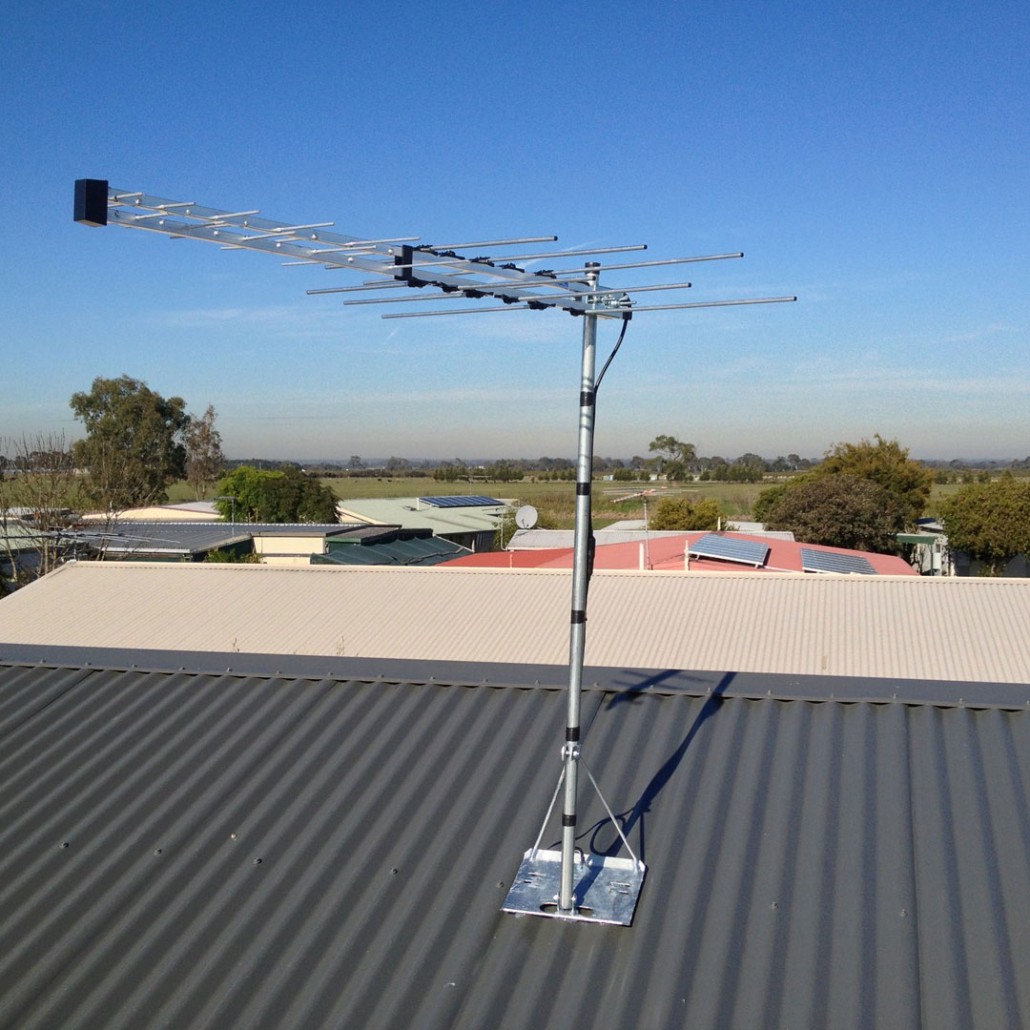Introduction: In the age of digital broadcasting, having a reliable TV aerial system is essential to enjoy crystal-clear reception and access a wide range of channels. This comprehensive guide aims to assist residents of the Northern Beaches in mastering the airwaves by providing valuable insights and tips on choosing, installing, and maintaining TV aerials.
- Understanding TV Aerials: TV aerials, also known as antennas, are devices designed to receive broadcast signals and deliver them to your television. They come in various types, including indoor and outdoor aerials. Understanding the differences between these options is crucial when selecting the right system for your needs.
- Assessing Reception in the Northern Beaches: The Northern Beaches is known for its beautiful coastal scenery, but the geographical location can pose challenges for TV reception due to obstructions such as hills, trees, and tall buildings. Conducting a reception assessment will help determine the optimal positioning and type of aerial required for the best performance.
- Choosing the Right TV Aerial: Selecting the appropriate TV aerial is pivotal for achieving optimal signal reception. Factors such as the distance from broadcasting towers, signal strength, and the presence of interference should be considered. Consultation with professionals or reputable retailers can provide valuable advice in choosing the right aerial for your specific location.
- Outdoor Aerial Installation: For optimal reception in the Northern Beaches, outdoor aerial installation is often recommended. Mounting the aerial at an elevated location, such as the roof, can minimize obstructions and maximize signal capture. It’s important to ensure the installation is carried out by a qualified technician to guarantee proper alignment and secure fixing.
- Indoor Aerial Solutions: In cases where outdoor installation is impractical or prohibited, indoor aerials can be an alternative. However, their performance may be affected by the surrounding environment and signal interference. Experimenting with different positions and orientations within your home, closer to windows or higher floors, can enhance indoor reception.
- Signal Amplifiers and Boosters: In areas with weak signal strength or where multiple television sets are connected to a single aerial, signal amplifiers and boosters can be beneficial. These devices increase the strength of the received signal, ensuring consistent and reliable reception throughout your home.
- Maintenance and Troubleshooting: Regular maintenance is essential to keep your TV aerial system functioning optimally. Periodically check the condition of cables, connectors, and the aerial itself. Remove any debris or obstructions that may affect signal reception. In case of reception issues, troubleshooting techniques such as adjusting the aerial position or realigning it may resolve the problem.
- Upgrading to Digital and HD: With the transition to digital and high-definition (HD) broadcasting, it’s important to ensure your TV aerial system is compatible. Older analog aerials may not provide optimal reception for digital signals. Upgrading to a digital-ready or HD aerial will ensure you can enjoy the full range of digital channels and the enhanced picture quality of HD broadcasts.
- Seeking Professional Assistance: While DIY installation and maintenance are possible, seeking professional assistance from certified aerial installers can save you time, effort, and potential headaches. Professionals possess the expertise and equipment necessary to assess, install, and optimize your TV aerial system for the best performance.
Conclusion: Mastering the airwaves in the Northern Beaches requires careful consideration of TV aerial options, installation techniques, and maintenance practices. By understanding the nuances of TV aerials Northern Beaches and following the tips provided in this comprehensive guide, residents can ensure optimal signal reception and an enjoyable TV viewing experience.
